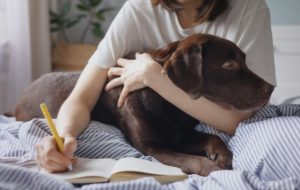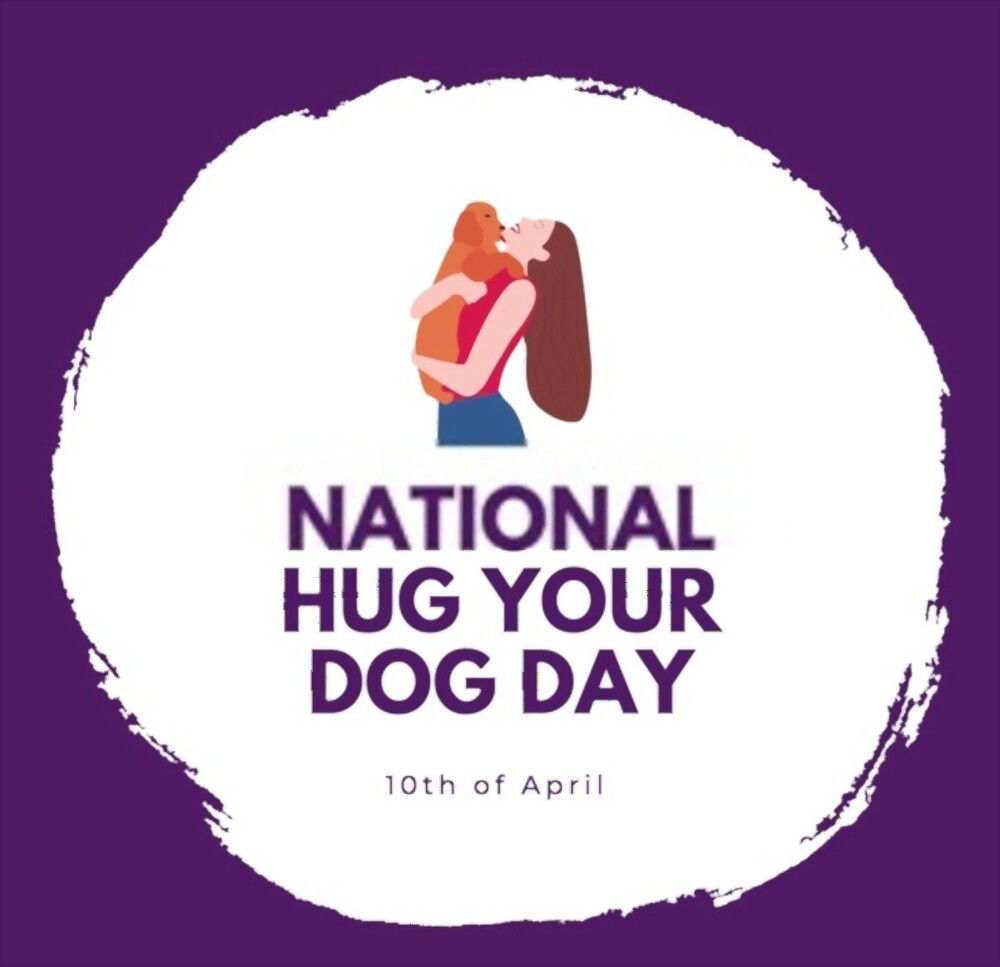National Hug Your Dog Day is an annual celebration that takes place on April 10th. The day is dedicated to encouraging dog owners to show their furry friends some extra love and affection through hugs and cuddles. The holiday is also a reminder of the strong bond and love that exists between humans and dogs.
| When is it? | Every |
|---|---|
| Tagged as |
|
| What are the hashtags? |
History of National Hug Your Dog Day
The history of National Hug Your Dog Day dates back to 2006 when Ami Moore, a dog behaviorist, came up with the idea to create a special day to celebrate the bond between dogs and their owners. Since then, the holiday has gained popularity and is celebrated by dog owners all over the world.

Why Hugging Your Dog Is Important
Hugging your dog is not just a way to show affection, but it also has health benefits for both you and your furry friend. Research shows that hugging your dog can lower your blood pressure, reduce stress and anxiety, and increase levels of oxytocin, a hormone associated with happiness and bonding. It can also strengthen the bond between you and your dog, making your relationship stronger and more fulfilling.
How to Celebrate National Hug Your Dog Day
There are many ways to celebrate National Hug Your Dog Day. You can take your dog on a long walk, play with them, give them a special treat, or simply spend some extra time cuddling with them. You can also participate in community events and activities that are organized to celebrate the day.
Tips for Hugging Your Dog
While hugging your dog is a great way to show them love, it’s important to do it in the right way to ensure their safety and comfort. Here are some tips for hugging your dog:
1. Know Your Dog’s Body Language
Before you hug your dog, make sure you are aware of their body language. Dogs communicate through their body language, and they may show signs of discomfort or stress if they don’t want to be hugged.
2. Respect Your Dog’s Personal Space
Dogs, like humans, have personal space, and they may feel uncomfortable if you invade it. Make sure you respect your dog’s personal space and only hug them if they are willing.
3. Use Gentle Pressure
When hugging your dog, use gentle pressure and avoid squeezing them too tightly. Dogs have sensitive bodies, and too much pressure can cause discomfort or pain.
4. Choose the Right Time and Place
Choose a time and place where your dog feels comfortable and relaxed. Avoid hugging your dog when they are feeling stressed or anxious.
FAQs
Q1. Can hugging your dog be harmful?
A1. Hugging your dog can be harmful if you do it in the wrong way or at the wrong time. It’s important to respect your dog’s personal space and communicate with them through their body language.
Q2. Can all dogs be hugged?
A2. Not all dogs like to be hugged. Some dogs may show signs of discomfort or stress if you try to hug them. It’s important to know your dog’s body language and respect their personal space.
Q3. How often should I hug my dog?
A3. It’s important to hug your dog when they are willing and comfortable. There is no set frequency for hugging your dog, but
A3. It’s important to hug your dog when they are willing and comfortable. There is no set frequency for hugging your dog, but it’s recommended to do it in moderation and avoid overdoing it.
Q4. What are some alternative ways to show my dog love and affection?
A4. There are many ways to show your dog love and affection, including playing with them, giving them treats, taking them on walks, and spending quality time with them.
Q5. Can I hug other people’s dogs on National Hug Your Dog Day?
A5. No, it’s not appropriate to hug other people’s dogs without their permission. Always ask the owner before hugging their dog, and respect their wishes if they decline.
Conclusion
National Hug Your Dog Day is a great opportunity to show your furry friend some extra love and affection. Hugging your dog not only makes them feel loved and appreciated, but it also has health benefits for both you and your furry friend. Just remember to respect your dog’s personal space and communicate with them through their body language.

